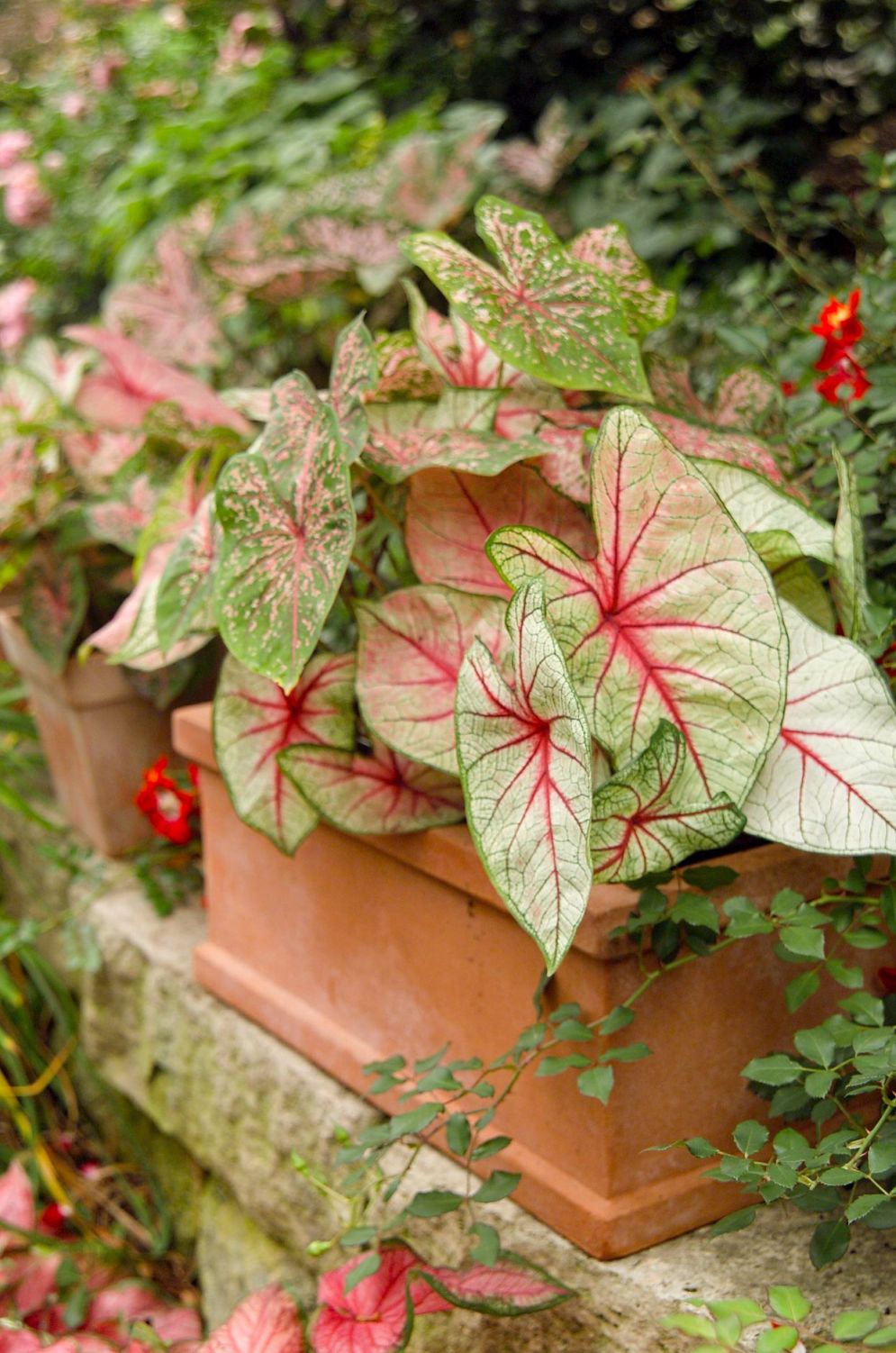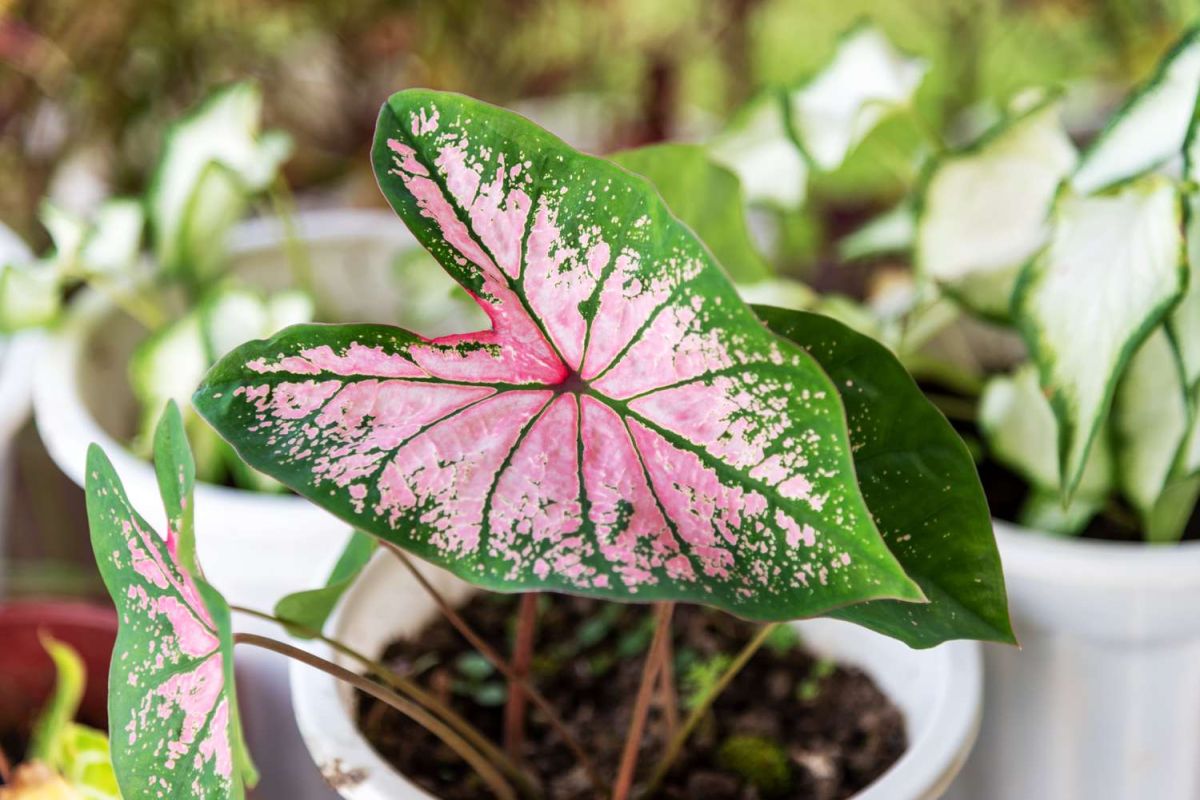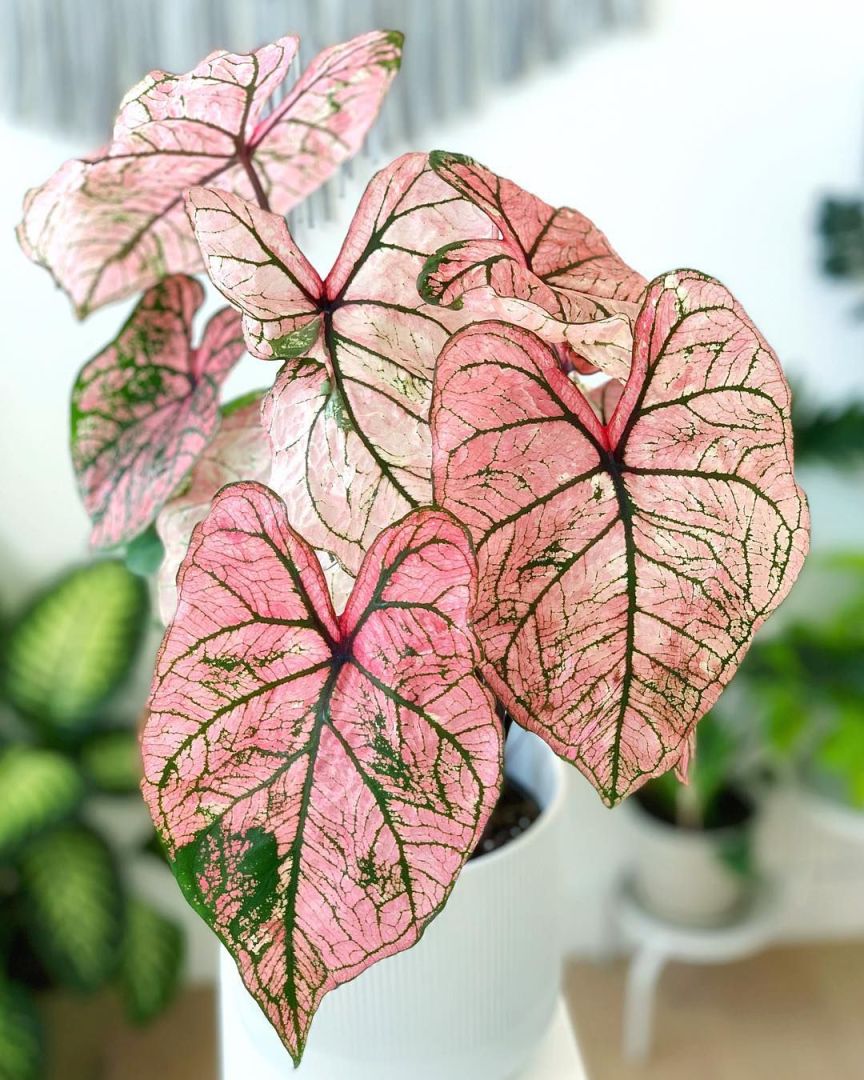Pretty In Pink: Discovering The Beauty Of House Plants With Pink Leaves

House Plant with Pink Leaves: A Stunning Addition to Your Indoor Garden
What do you mean by a house plant with pink leaves?
A house plant with pink leaves refers to a type of indoor plant that boasts vibrant pink foliage. These plants have leaves that are naturally colored in various shades of pink, ranging from pale blush tones to deep, rich hues. Their unique coloration makes them a desirable and eye-catching addition to any indoor garden or home décor.
How can you incorporate a house plant with pink leaves into your space?
Introducing a house plant with pink leaves into your living space can instantly transform the ambiance and add a touch of elegance and vibrancy. There are several ways you can incorporate these stunning plants into your home:

1. Standalone Statement Piece: Place a large potted house plant with pink leaves in a well-lit corner of your living room or hallway. Its bold color will create a focal point and draw attention to the plant’s unique beauty.
2. Hanging Baskets: Opt for trailing house plants with pink leaves, such as the Tradescantia zebrina or the Philodendron ‘Pink Princess,’ and hang them in macramé planters or decorative baskets. This will add an interesting visual element and save valuable floor space.

3. Tabletop Accents: Choose small house plants with pink leaves, like the Caladium ‘Pink Splash’ or the Peperomia argyreia, and display them on coffee tables, shelves, or window sills. These compact plants will add a pop of color and create a cozy atmosphere.
4. Terrarium Delights: Create a miniature ecosystem by placing a house plant with pink leaves, such as the Fittonia verschaffeltii, in a glass terrarium. The combination of the plant’s pink foliage and the transparent terrarium walls will create a captivating display.
5. Colorful Combinations: Pair house plants with pink leaves with complementary plants in shades of green or purple. The contrasting colors will create a visually striking ensemble that adds depth and dimension to your indoor garden.
What is known about house plants with pink leaves?
House plants with pink leaves are highly sought after by plant enthusiasts and collectors due to their unique aesthetic appeal. These plants are known for their ability to add a touch of color and warmth to any space, making them a popular choice for interior decorators and homeowners alike.
Various species and cultivars fall under the category of house plants with pink leaves. Some well-known examples include the Caladium ‘Pink Splash,’ which features heart-shaped leaves adorned with splashes of pink; the Philodendron ‘Pink Princess,’ known for its striking dark green leaves with pink variegation; and the Tradescantia zebrina, which displays vibrant pink stripes on its foliage.
House plants with pink leaves are relatively easy to care for, making them suitable for both experienced and novice gardeners. They thrive in bright, indirect light and require regular watering to maintain their vibrant color and lush appearance. Additionally, these plants benefit from occasional misting to enhance humidity levels and prevent their leaves from drying out.
A Solution to Incorporating a House Plant with Pink Leaves
Are you eager to introduce a house plant with pink leaves into your indoor garden but unsure where to start? Look no further! We have curated a list of popular house plants with pink leaves that are sure to elevate your space:
1. Caladium ‘Pink Splash’: This tropical plant boasts heart-shaped leaves adorned with splashes of pink and green. It thrives in humid environments and requires bright, indirect light to maintain its vibrant colors.
2. Philodendron ‘Pink Princess’: With its dark green leaves and stunning pink variegation, this climbing house plant adds an element of intrigue to any room. Provide it with bright but indirect light, and watch it flourish.
3. Tradescantia zebrina: Also known as the Wandering Jew, this trailing plant features vibrant pink stripes on its foliage. It is a low-maintenance option that prefers bright, indirect light and regular watering.
4. Fittonia verschaffeltii: Commonly referred to as the Nerve Plant, its delicate pink leaves are complemented by intricate veins. This compact plant thrives in high humidity, making it an excellent choice for terrariums.
5. Peperomia argyreia: Also known as the Watermelon Peperomia, this plant’s leaves resemble the patterns found on watermelon rinds. It is a compact plant that requires bright, indirect light and moderate watering.
More Information about House Plants with Pink Leaves
House plants with pink leaves not only add visual appeal but also offer numerous benefits to your indoor environment. These plants are known to improve air quality by absorbing harmful toxins and releasing oxygen. They can contribute to creating a healthier and more balanced living space.
Caring for house plants with pink leaves involves providing them with the right conditions to thrive. It is essential to place them in well-draining soil and to avoid overwatering, as this can lead to root rot. Regularly inspecting the leaves for signs of pests or diseases, such as aphids or fungal infections, is also crucial to maintain their overall health.
When it comes to fertilization, it is best to use a balanced liquid fertilizer specifically formulated for house plants. Follow the instructions on the packaging to determine the appropriate frequency and dosage for your specific plant. Fertilizing during the growing season, typically spring and summer, will promote healthy foliage and vibrant colors.
House plants with pink leaves can be a focal point in any interior space, creating a sense of tranquility and natural beauty. They are versatile, allowing you to experiment with different arrangements and decorative elements to suit your personal style and preferences.
Conclusion
Introducing a house plant with pink leaves into your indoor garden can bring a touch of elegance and vibrancy to your living space. Whether you opt for a standalone statement piece, hanging baskets, tabletop accents, or terrarium delights, these plants are sure to captivate your attention and enhance the overall ambiance of your home.
Popular species such as the Caladium ‘Pink Splash,’ Philodendron ‘Pink Princess,’ Tradescantia zebrina, Fittonia verschaffeltii, and Peperomia argyreia offer a variety of options to choose from. With proper care and maintenance, such as providing adequate light, watering, and occasional misting, your house plants with pink leaves will thrive and continue to beautify your home.
Frequently Asked Questions (FAQs)
1. Can house plants with pink leaves survive in low-light conditions?
While most house plants with pink leaves prefer bright, indirect light, some species can tolerate lower light conditions. However, their vibrant pink color may fade or become less pronounced without adequate light.
2. How often should I water my house plant with pink leaves?
Watering requirements vary depending on the specific plant, potting medium, and environmental conditions. In general, it is best to water house plants with pink leaves when the top inch of soil feels dry to the touch. Avoid overwatering, as it can lead to root rot.
3. Can I propagate house plants with pink leaves?
Yes, many house plants with pink leaves can be propagated through various methods, such as stem cuttings, division, or leaf cuttings. Research the specific propagation techniques for your chosen plant to ensure successful propagation.
4. Are house plants with pink leaves safe for pets?
While house plants with pink leaves are generally non-toxic to humans, some may be toxic to pets if ingested. It is recommended to research the specific plant’s toxicity level before introducing it into a household with pets.
5. Can I grow house plants with pink leaves outdoors?
House plants with pink leaves are primarily grown as indoor plants. However, some species may thrive in outdoor conditions if they are acclimated gradually to the outdoor environment and provided with the appropriate light and temperature conditions.

I am a beginner writer who continues to learn and consistently creates informative articles to express the ideas that I master.